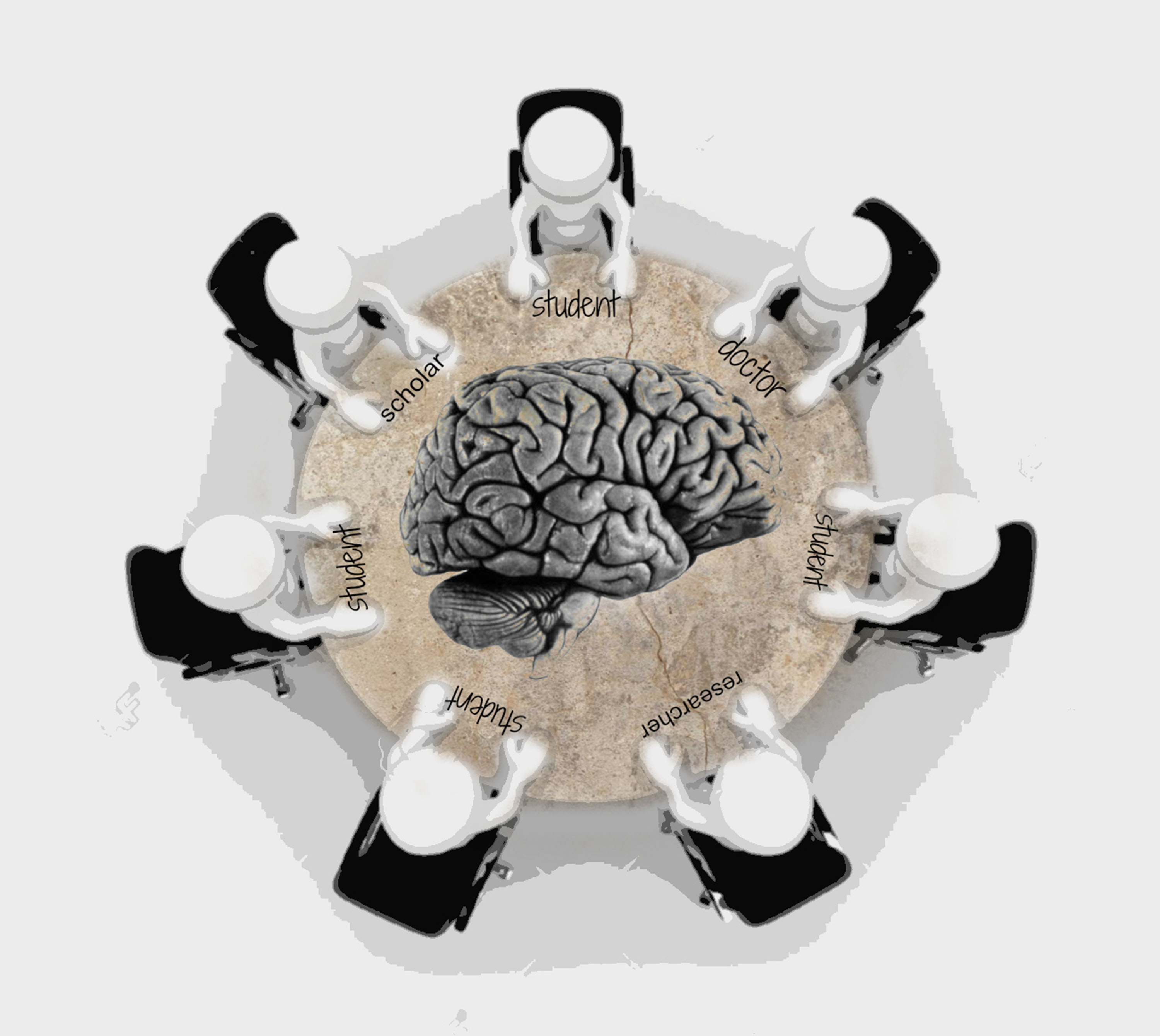As young people mature physically, mentally, and socially, the transition time is a critical period in life during which mental health issues can more easily develop. Specifically, the pressure to succeed academically and socially, in addition to the lack of life experience when facing mistakes, failures, and rejections can inevitably result in mental health disturbances among young people.
In recent years, a new movement has emerged in the mental health field, as research evidence recognizes the importance of intervening early to maximize recovery and providing targeted services for youth in the critical age group of 12 to 25. This new model aims to change the way society thinks about the mental health of young people and to strengthen the mental health system. However, this poses a challenge to the traditional Western mental health system, which splits the population into two groups: children, anyone up to the age of 18, and adults, anyone who is between 18 to 65 years old.
Stories like that of Graham Boeckh, a young person who died of complications from medication in 1986, show the traditional model to be insufficient. Boeckh did not receive appropriate care for schizophrenia after he turned 18, as he no longer fit the range for the mental health program in which he had been participating. This case indicated the need for reform in order to better meet the mental health care needs of youth.
To discuss these issues, the International Association of Youth Mental Health (IAYMH) hosted its third International Youth Mental Health Conference in Montreal on October 8. This year’s theme was “Transformations: Next Generation Youth Mental Health,” and the conference aimed to initiate a global conversation on youth involvement in mental health care, to introduce research models emerging from the youth mental health field, and to focus on transitioning from traditional mental health services to the next generation of programs and services that will better serve young people.”
Craig Hodges, one of the organizers of the 2015 IAYMH conference said, “The goal [of the conference] is to promote the work that is occurring internationally around changing mental health services and systems to be more responsive to the mental health […] needs of young people, with young people at the forefront of this change.” Hodges noted that while the conference saw more countries on board this year, it is still in its “infancy” and must continue to solicit participation from a wider span of countries.
For the three days of the conference, delegates representing various disciplines from countries such as the UK, Australia, the U.S., and Canada gathered to discuss youth reform and mental health. The conference offered a variety of workshops, speeches, and presentations covering a plethora of topics from mental health stigma, the idea social media in suicide prevention, and research, to meaningful engagement of young people.
Each workshop took the full day, and during each of the workshops, delegates formed small groups to share ideas and brainstorm solutions to their specific challenges.
For example, Amanda Costa, a research project director at the Transitions Research and Training Center (RTC) of the University of Massachusetts Medical School, said at the Youth Engagement workshop, “[At RTC, we have] the College Annual Internship Program, [which involves] young adults from local universities to come work with us through the entire school semester for academic credit. [This helps them] learn about what it means to work in the mental health field as a partner, and then they can share their experience with other college students.”
Some of the students who attended the conference had a very positive experience. “Thursday’s Youth Engagement workshop was beautiful. I especially liked the speaker Ashley Tritt, who highlighted the importance of not tokenizing youth and keeping feedback anonymous,” Jimmy Tan, a McGill student who attended the conference told The Daily.
However, Karen Young, a University of Toronto Scarborough (UTSC) student, expressed that the content of the conference did not do enough to address intersectionality, and that there was not a fair representation of minority profiles. “For instance […] this year’s International Youth Mental Health Conference [had] only English-speaking countries represented at the plenary and keynote aspects,” Young told The Daily.
Indeed, as Young pointed out, the conversation about mental health needs to be inclusive to everyone, and the International Youth Mental Health conference was largely attended by English-speaking Commonwealth countries, with only a relatively small percentage of attendees being youth themselves.
The small turnout of youth was largely due to the high cost to attend, with the student concession price being just under $500 without the workshop, and over $500 including workshop participation. Youth who do not have student status and do not fulfill other criteria to receive the concession discount needed to pay the full price of around $900.
“So many diverse populations could not attend because of the hefty conference cost,” Tan told The Daily. Tan also mentioned that the conference had a lack of representation from high school policy makers – there was a disproportionate number of post-secondary personnel in comparison.
In the end, this conference was just one aspect of the broader global movement to include youth perspectives in mental health research and increase youth access to mental health services. This is crucial to the field of mental health care, where services to youth are gravely insufficient to meet the needs of young people. However, the conversation will have to include a variety of people, countries, cultures, and backgrounds to be representative of the diverse mental health needs of youth and successfully create solutions to this problem.
